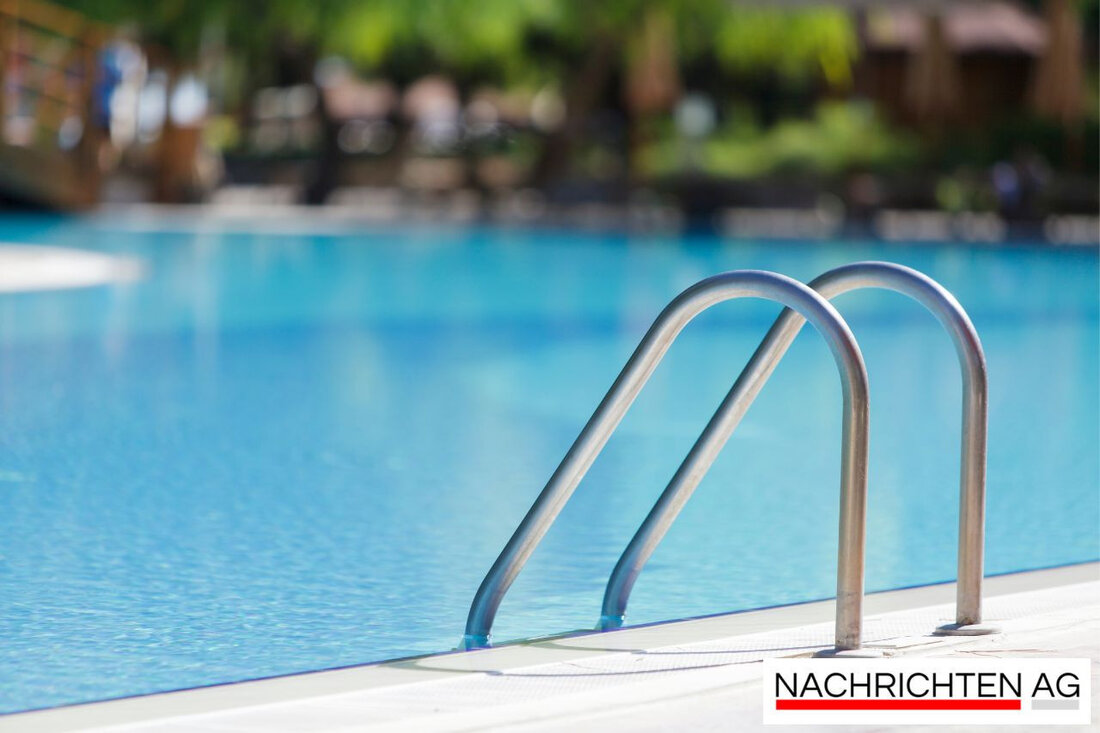Rohrbach-Berg: Climate-friendly revolution with photovoltaic systems!
Rohrbach-Berg is relying on climate-friendly energy with new photovoltaic systems and promoting maximum self-sufficiency through modern storage solutions.

Rohrbach-Berg: Climate-friendly revolution with photovoltaic systems!
The municipality of Rohrbach-Berg is increasingly relying on a climate-friendly energy supply. As part of an extensive project, several community-owned buildings were equipped with modern photovoltaic systems. The city is pursuing the goal of becoming independent of fossil energy sources and making a contribution to climate protection.
A total of eight municipal buildings received new PV systems, including the Aqaro indoor swimming pool, the bus terminal, the Centro event center, the district sports hall, the Rohrbach fire station as well as the Rohrbach kindergarten and the Rohrbach and Berg building yards. The total output of the installed systems is an impressive 1,057.33 kWp. This enables a significant reduction in energy costs for the community and promotes the use of renewable energy.
Efficient use of solar power
In order to efficiently use the solar power generated, storage solutions were also integrated. In total, several smaller storage systems with a total capacity of 384.20 kWh were installed, in addition to a large storage system in Aqaro with a capacity of 299 kWh. These measures help ensure that the indoor and outdoor swimming pool can be up to 83 percent energy self-sufficient, depending on the amount of sunlight. Mayor Andreas Lindorfer emphasizes the importance of these developments for independence from fossil fuels.
The growing interest in self-consumption of photovoltaic systems is not least due to falling feed-in tariffs. Consumers are increasingly motivated to use the electricity they generate themselves because electricity prices are higher than the tariffs. In order to promote self-consumption, the legislature stipulates that solar power from systems over 10 kWp will only be reimbursed up to a maximum of 90 percent if it is fed into the grid. As a result, many households are increasingly relying on the use of their own solar power.
Degree of self-sufficiency and individual solutions
The degree of self-sufficiency, which indicates how much electricity a household can use from its own solar power system, is becoming increasingly important. It is calculated as the ratio of the self-consumed solar power to the total electricity consumption. Photovoltaic systems with an output between 5 kWp and 20 kWp can achieve self-sufficiency levels of 50 to 60 percent with an annual consumption of 4,000 kWh. With a storage system that is available from 3 kWh, this value can be increased to up to 75 percent or more.
The promotion of storage systems, which has existed since May 1, 2013, additionally supports this development. However, a 100 percent level of self-sufficiency remains difficult to achieve, as irregular solar power generation can result in a need for grid power, especially in winter. Expert advice on the optimal combination of PV system and storage capacity is recommended for individual solutions.
With these adjustments to the municipal energy policy, Rohrbach-Berg shows how important the step towards a sustainable and independent energy supply is. The focus is on a comprehensive strategy for integrating renewable energies.

 Suche
Suche
 Mein Konto
Mein Konto